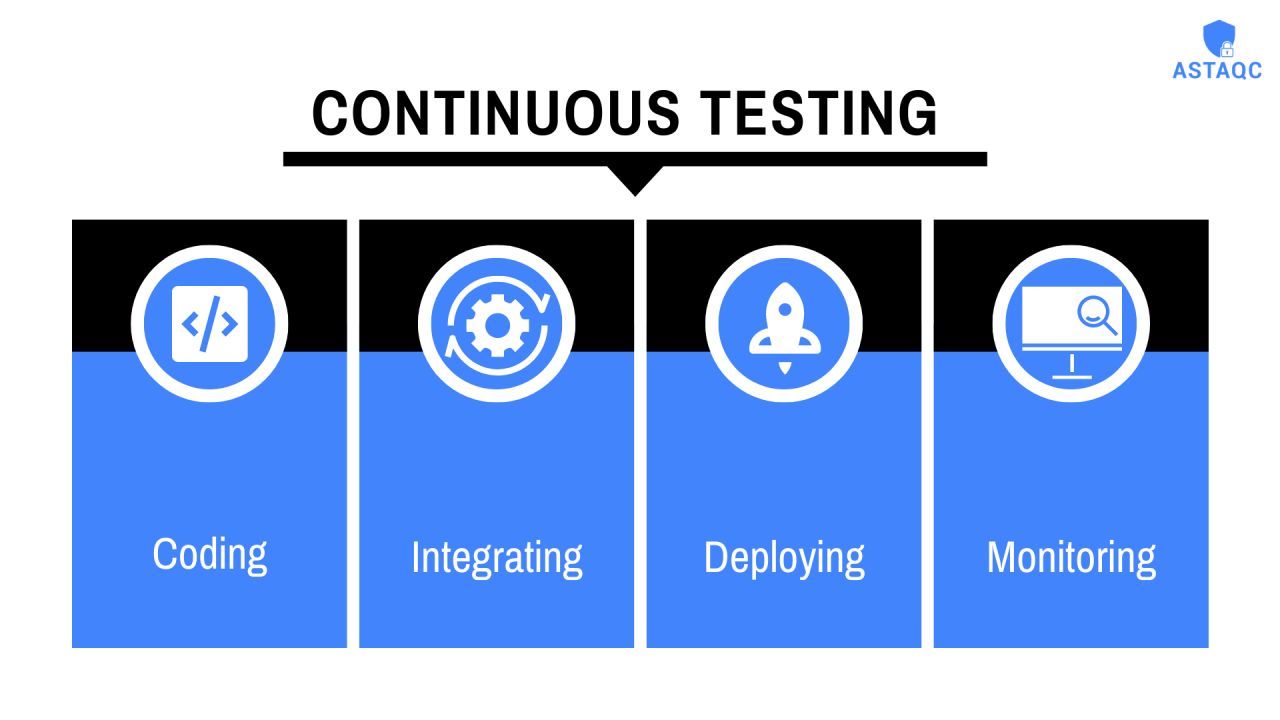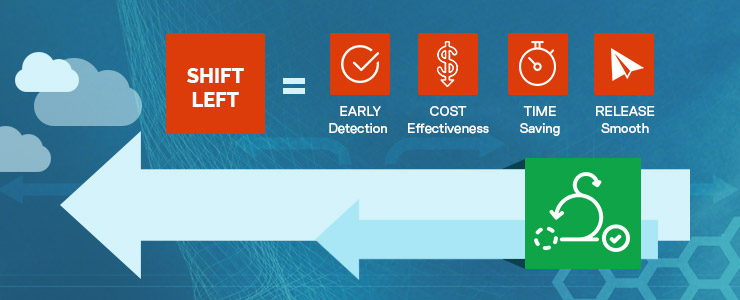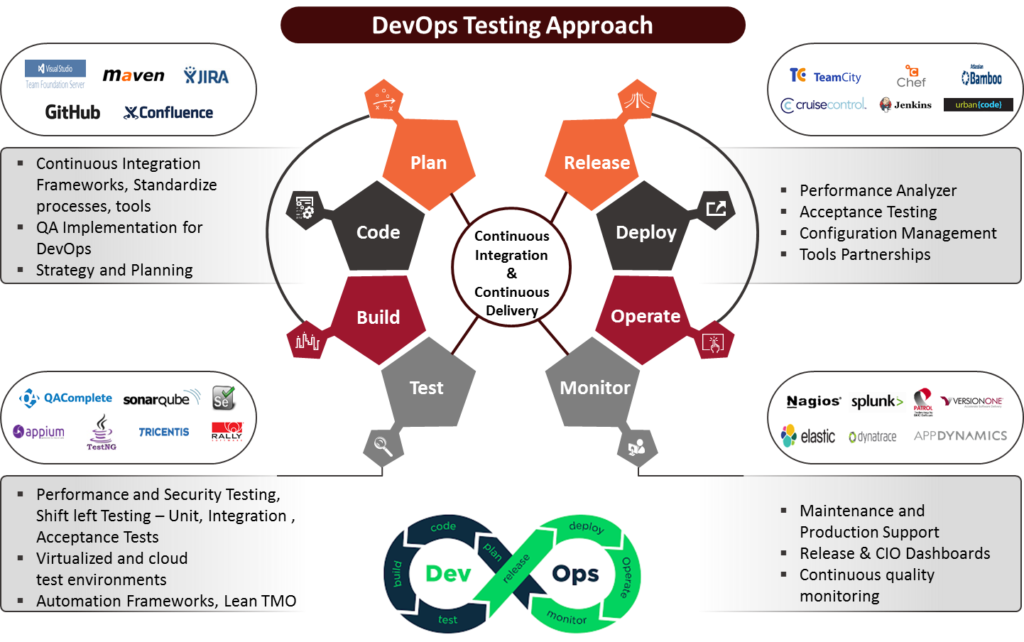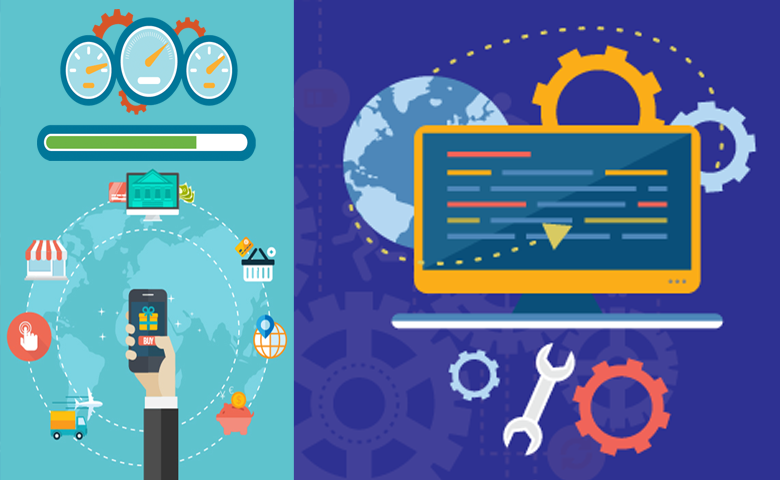
As more and more businesses are embracing agile development and testing, automation has become the norm of the day. For cutting down the time of development and time to market, automation has emerged as a critical component as it helps maintain agility throughout the development cycle where various teams cooperate and collaborate, with an emphasis on continuous improvement.
Let’s take a look at how automation plays a key role in Agile environments.
Running Regression Test Suites
For testing existing functionality, you can use completed acceptance tests for creating regression tests and then run them. Regression tests focus on checking existing software applications to ensure that an addition or alteration hasn’t broken any existing functionality. It also helps catch bugs that may have been introduced accidentally into a new product or a new/updated version, apart from making sure that bugs eradicated earlier continue to stay dead. However, with the focus on Agile environment these days, where a new product/release/update is released every 2 weeks or so, you need a sustainable architecture for automation that performs well in the era of Agile environments. Unlike regression tests that are run after a product is ready, you need to run tests simultaneously from the planning through development and design and finally testing stage to ensure that the end product is functional and bug-free. That’s why experts say that without automation, you just can’t leverage Agile to the fullest, at least not with numerous high quality deployments happening over short periods.
Why Use Progressive Automation?
An inherent feature of Agile environments is the continuous process of design, development, testing and delivery. No wonder that the industry is using progressive automation, which is cross-compatible across all software development lifecycle models and designed to offer the most optimum results. Unlike regressive automation where automation can be done in the N-1 or N-2 sprint, progressive approach lets you do it in the Nth sprint itself.
To perform automation in the Nth sprint, scripts to test new functionality need to be written for developed/development which is in progress. Testers too get involved early on into the development cycle, working closely with the development team and business users so that everyone shares the same knowledge base.
Download Free E-Book: The Role of Testing in DevOps and Agile
How to enable progressive automation?
Framework: The first step is to analyze the design document and understand the data elements, screens, integration elements, etc. Then create object repository, screen links and modules as part of frame work. Meanwhile the required test scenarios will also be developed in parallel. The automation QA then analyzes the automation approach that needs to be followed and check framework utilities. Once the functional test cases are created and evaluated, they get converted to automation scripts, using framework. Next up is the dry run of the automation suite on a virtualized environment, the results of which are validated by the manual team. After the designated environment starts functioning, the executions are performed on an actual dedicated environment.
It is important to note that we will have short span of time to complete the script in progressive automation. This can be achieved with scriptless automation framework where the user can create/modify the test scenarios through GUI and in the backend the required script will be generated automatically.
Continuous Integration
Continuous integration (CI) in Agile environments aim to minimize the effort and duration needed by each integration episode so that a product version can be delivered on demand, at any time. To be able to deliver products suitable for release at any time, you need E2E (end to end) business process testing where after every 2-3 points in the sub-process, tests are run and then all these sub-processes are connected to give an enterprise solution. From cross-product integration to APA integration, continuous integration needs every team member to integrate at least daily. Thus, multiple integrations happen every day. An automated build running regression tests then verifies these to spot integration errors at the earliest. Thus, businesses face considerably lower integration problems, which in turn helps pave the way for development of cohesive software more quickly.
Continuous integration usually leverages –
- a version control tool (SVN, Git, CVS etc)
- an automated build and product release procedure
- instrumentation of the build procedure to set off unit and acceptance tests each time any change gets published to version control
With CI, if a single test fails, the entire team is alerted of a “broken build” so that it can work to achieve a releasable, stable baseline again, as soon as possible. At times, a continuous integration server (such as Hudson, Cruise Control etc) may also be used to automate the procedure of integration, testing and reporting of test results.
To match the dynamism of business needs today, automation in the Agile environment is something to look forward to.
More Related Blog
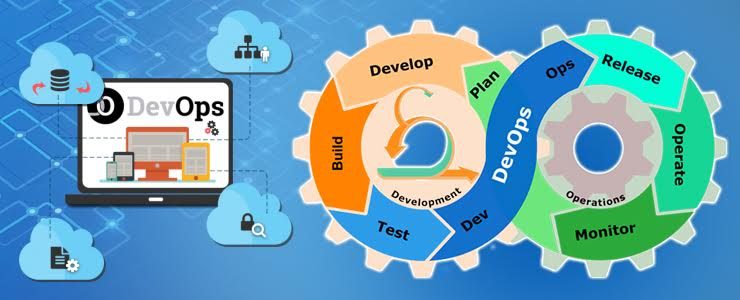
How Automation is Powering Transition to DevOps?
Technology is improving at such a pace today, that we find ourselves at the threshold of a big change almost every couple of years. Well keeping up with this trend, the recent technological innovation which is waiting to transform our … Continue reading "Role of Automation in the era of Agile"...
Read More
Best Practices and Strategies for Test Automation 2018
If an organization calls itself agile, automation becomes the critical part of the organization’s software delivery pipeline. It’s pretty obvious that on automating testing, your release cycles get smaller. So, in that case, you might as well say “why can’t … Continue reading "Role of Automation in the era of Agile"...
Read More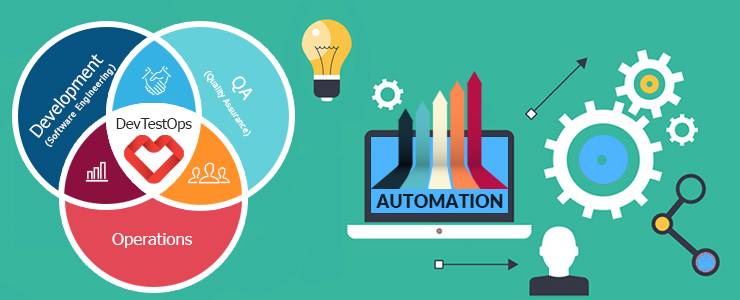
[Infographic] How Automation is powering transition to DevOps?
DevOps is a process – a mind-set – that requires a cultural shift in the way most organizations work today. It has a straight advantage over the traditional software development and deployment approaches. It reduces the time spent on interleaved … Continue reading "Role of Automation in the era of Agile"...
Read More
